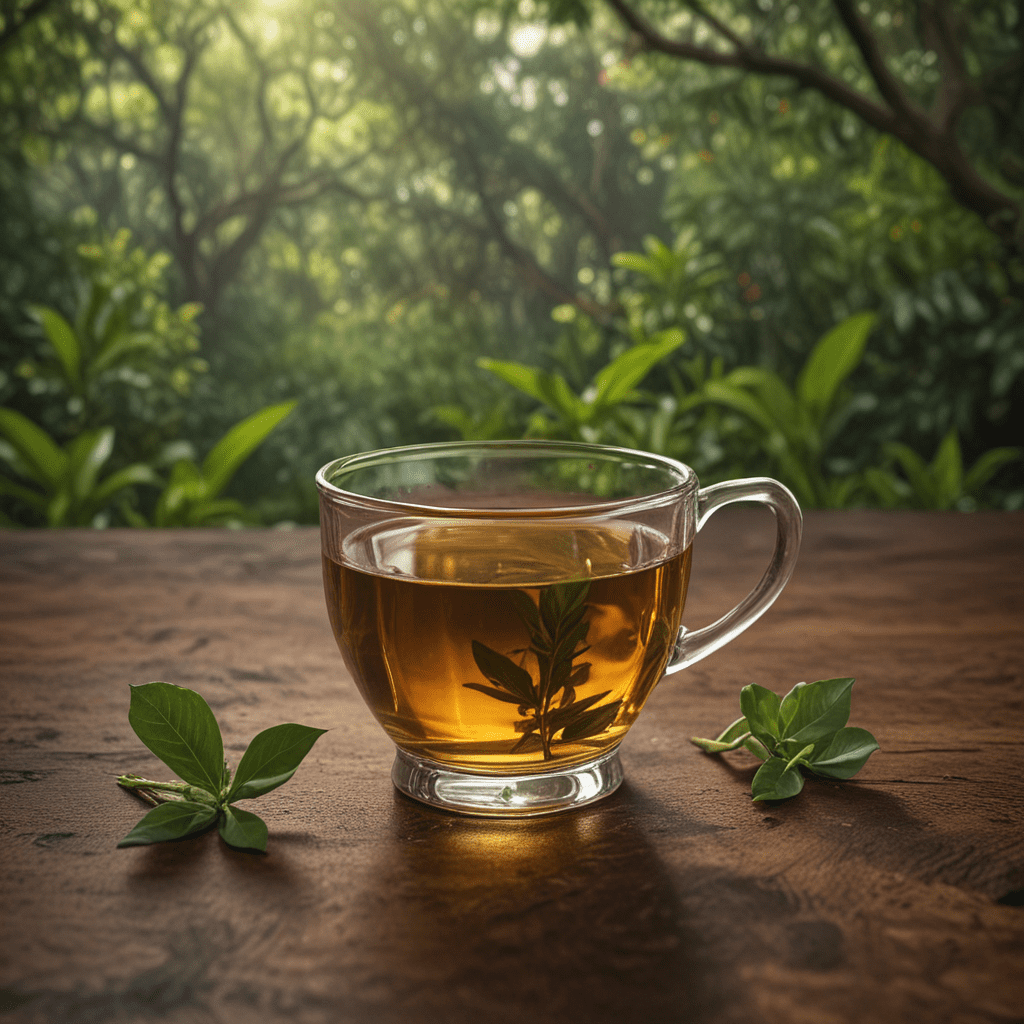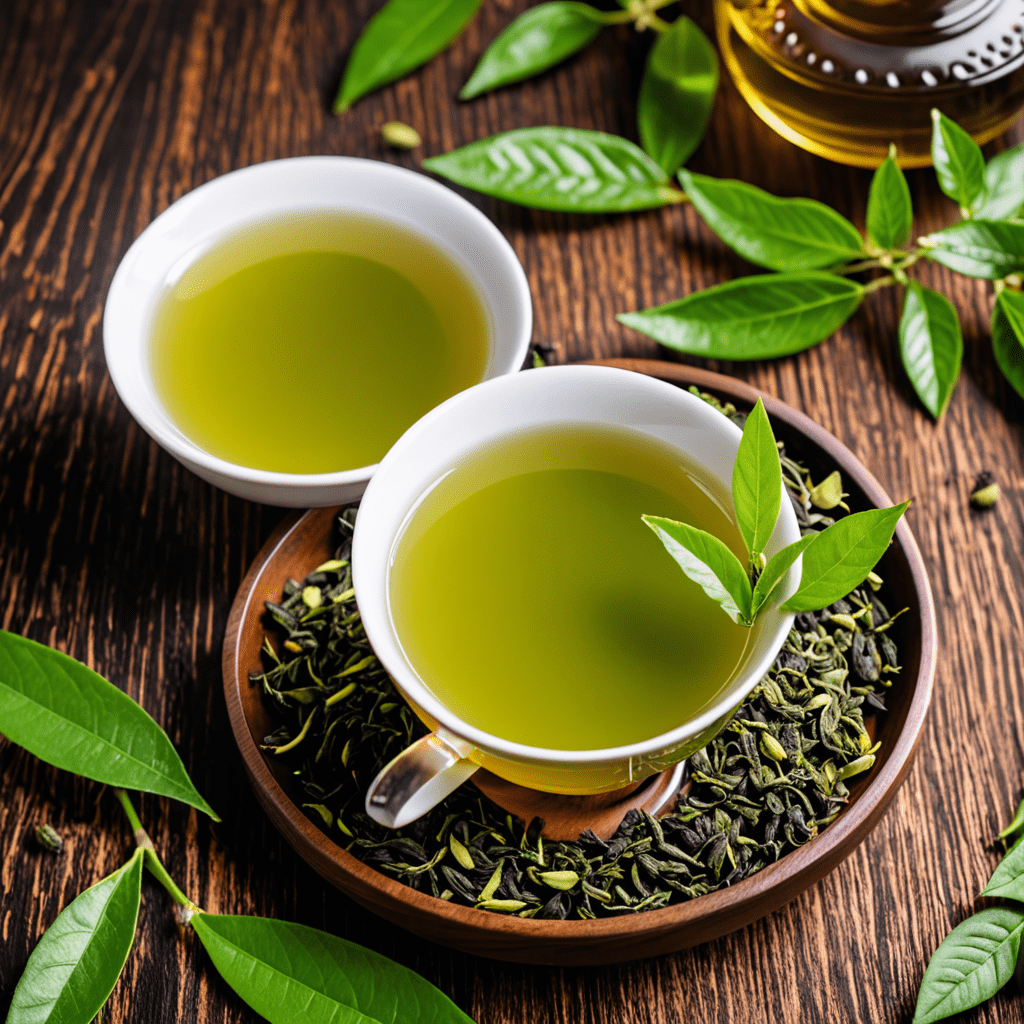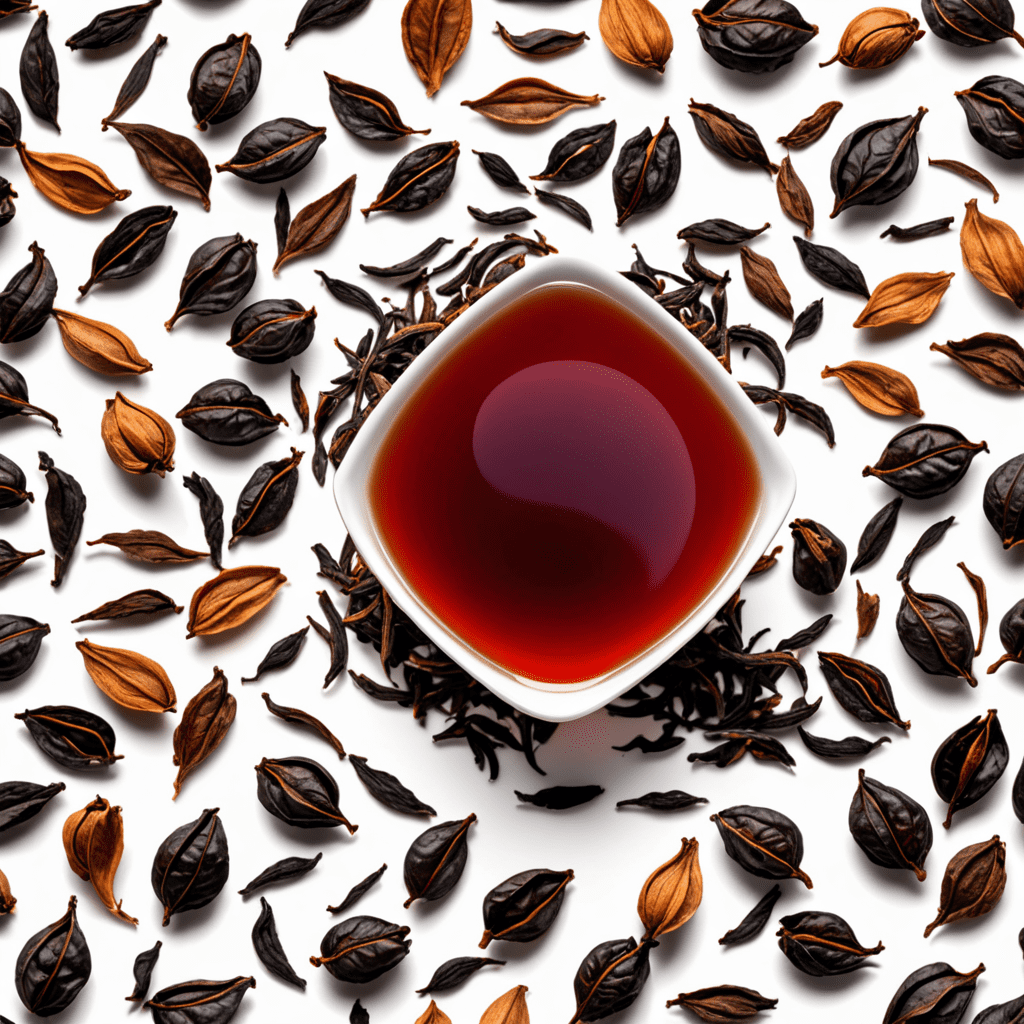
Ceylon Tea: A Cultural Treasure of Sri Lanka
Sri Lanka, an island nation nestled in the heart of the Indian Ocean, holds a cherished place in global tea history. Its celebrated Ceylon Tea, with its distinctive aroma and taste, has left an enduring legacy, becoming an emblem of the country's culture and a testament to centuries-old tea-making traditions. Ceylon Tea's journey, from its ancient origins to its status as a globally recognized symbol of quality, is a story that intertwines with the very identity of Sri Lanka.
The History of Ceylon Tea: From Ancient Origins to Colonial Expansion
The history of Ceylon Tea is a captivating tale that stretches back to ancient times. The tea plant is believed to have been introduced to the island from China during the 19th century by British colonists, who recognized the country's ideal climate and fertile soil for tea cultivation. The tea industry flourished under British rule, with vast tea plantations sprawling across the central highlands. The establishment of the Tea Research Institute in the early 20th century further enhanced the scientific cultivation and processing of Ceylon Tea, laying the foundation for its reputation as a premium tea worldwide.
The Tea Plant in Sri Lanka: Unique Terroir and Climate
Sri Lanka's distinctive geography plays a vital role in shaping the exceptional character of Ceylon Tea. The island's tropical climate, with abundant rainfall and sunshine, provides ideal conditions for tea growth throughout the year. The central highlands, characterized by rolling hills and an elevation of up to 6,000 feet, offer unique growing conditions that impart the tea with its delicate flavors and briskness. The country's diverse terroir, influenced by variations in altitude, soil composition, and microclimates, contributes to the range and complexity of Ceylon Tea's offerings.
Tea Cultivation: Traditional Practices and Sustainable Farming
The cultivation of Ceylon Tea is a delicate art, rooted in generations of tradition and knowledge. Tea bushes, meticulously cared for by skilled planters, are grown using sustainable farming practices that prioritize the preservation of the environment. The traditional plucking method, known as "two leaves and a bud," ensures that the finest and most flavorful parts of the plant are harvested for processing. The close monitoring of tea leaves throughout their growth and harvesting stages guarantees optimal quality, producing teas with a consistent and exceptional character.
Tea Processing: The Art of Creating Fine Blends
The processing of Ceylon Tea involves a series of intricate steps that transform the freshly plucked leaves into the beloved beverage enjoyed worldwide. After being withered, the leaves undergo a process of oxidation or fermentation, which determines the type of tea—black, green, or white—and develops its unique flavor profile. The leaves are then carefully rolled, dried, and graded to create different blends and grades of tea, each possessing its distinct characteristics. The expertise and artistry of tea masters culminate in the creation of exquisite Ceylon Tea blends that cater to diverse tastes and preferences.
6. Ceylon Tea's Global Reputation: A Symbol of Quality and Authenticity
Ceylon Tea has gained worldwide recognition for its exceptional quality and authenticity. It is celebrated by tea connoisseurs and enthusiasts alike for its distinct flavor profile, characterized by a balance of briskness, body, and subtle notes of citrus and spice. The rigorous quality control measures and adherence to traditional cultivation and processing techniques have earned Ceylon Tea a reputation as a premium tea, exported to countries across the globe. Its global presence has made it a symbol of Sri Lanka's rich tea heritage and a testament to the country's expertise in tea production.
7. The Tea Plantation Landscape: A Picturesque Heritage
The rolling hills and lush greenery of Sri Lanka's tea plantations are a sight to behold. These sprawling estates, steeped in history and tradition, have become an integral part of the country's cultural landscape. The picturesque scenery, with tea bushes meticulously arranged in rows, creates a mesmerizing tapestry that attracts visitors from far and wide. The tea plantations not only offer a glimpse into the intricacies of tea cultivation but also serve as a sanctuary for diverse flora and fauna, contributing to the island's rich biodiversity.
8. Tea Tourism: Unveiling Sri Lanka's Tea Legacy
Tea tourism has emerged as a popular way to explore Sri Lanka's tea heritage and experience the authentic flavors of Ceylon Tea. Visitors can embark on guided tours of tea plantations, witnessing the entire tea-making process from cultivation to processing. They can indulge in tea tastings, savoring the nuances of different varieties, and learn about the art of tea blending. Tea tourism also offers opportunities to interact with local tea planters and gain insights into the cultural and historical significance of Ceylon Tea.
9. Ceylon Tea in the Culinary Scene: Traditional and Modern Applications
Ceylon Tea has a versatile culinary presence, extending beyond its traditional role as a refreshing beverage. It is used as an ingredient in both traditional Sri Lankan cuisine and modern culinary creations. In Sri Lankan cooking, tea is often infused into curries, adding a subtle depth of flavor and aroma. It is also used to make a refreshing iced tea, a popular beverage enjoyed throughout the country. In modern cuisine, chefs are experimenting with Ceylon Tea in innovative ways, incorporating it into desserts, marinades, and even cocktails, showcasing its versatility and culinary potential.
10. Preserving the Cultural Treasure: Conservation and Future Prospects
Ceylon Tea holds immense cultural, economic, and environmental significance for Sri Lanka. Recognizing its importance, there are ongoing efforts to conserve and protect the country's tea industry for future generations. Sustainable farming practices, reforestation initiatives, and the preservation of traditional tea-making techniques are crucial to ensure the longevity of Ceylon Tea's legacy. By safeguarding its cultural heritage and preserving its unique terroir, Sri Lanka can continue to produce exceptional teas that captivate the world with their distinctive flavors and authenticity.
Frequently Asked Questions (FAQs)
Q: What is the difference between black, green, and white Ceylon Tea?
A: The type of Ceylon Tea is determined by the processing method. Black tea undergoes full oxidation, resulting in a dark color and robust flavor. Green tea is minimally oxidized, preserving its greenish hue and delicate taste. White tea is made from young, unopened tea buds, offering a light and refreshing flavor.
Q: How can I identify high-quality Ceylon Tea?
A: Look for reputable brands with a proven track record of quality and authenticity. The tea leaves should be whole, unbroken, and free from any debris. The aroma should be fresh and inviting, with no musty or stale notes.
Q: What is the best way to brew Ceylon Tea?
A: Use freshly drawn, filtered water and heat it to the desired temperature (around 195-205°F). Add one teaspoon of loose tea leaves per 8 ounces of water. Steep for 3-5 minutes, depending on the desired strength.
Q: Can I drink Ceylon Tea daily?
A: Yes, Ceylon Tea is generally safe to consume daily as part of a balanced diet. It contains antioxidants and may offer certain health benefits, such as improved heart health and reduced inflammation. However, moderation is always recommended, especially if you are sensitive to caffeine.

